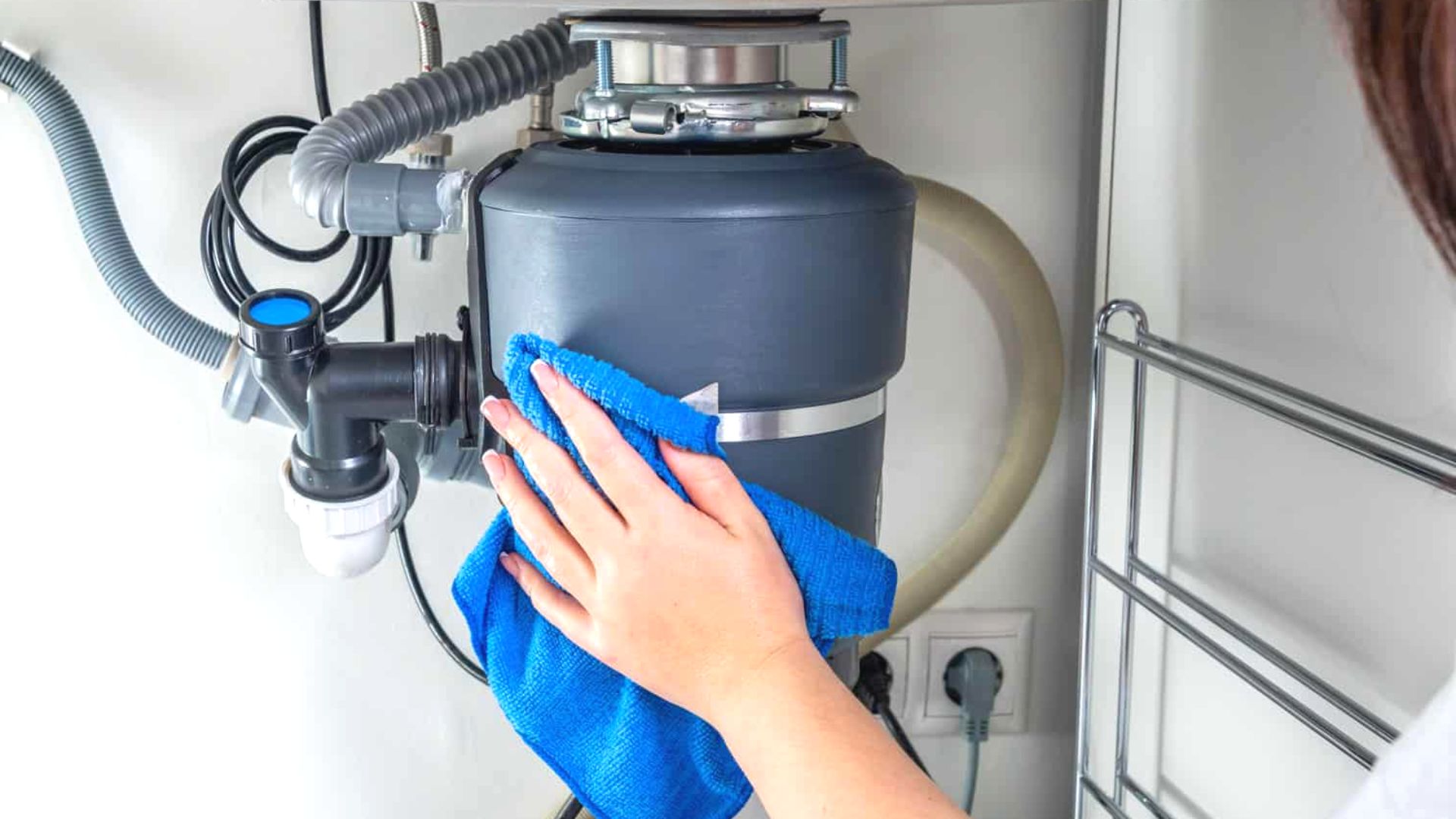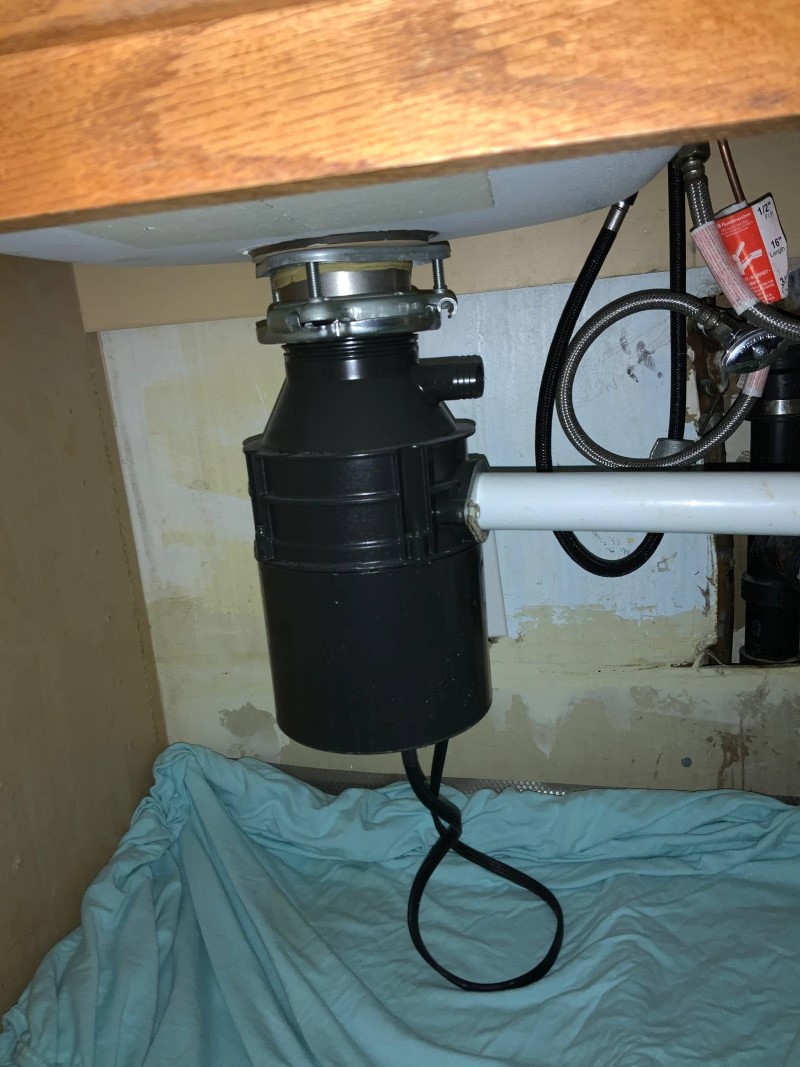Trusted Ways to Fix a Leaking Waste Disposal Unit
Trusted Ways to Fix a Leaking Waste Disposal Unit
Blog Article
Each person has got their personal way of thinking with regards to How to fix a pretty consistent leak from my garbage disposal.

Waste disposal unit are necessary kitchen area appliances that aid in disposing of food waste successfully. Nevertheless, a dripping waste disposal unit can be a frustrating and untidy problem to take care of. Fortunately, lots of leaks can be taken care of easily with a couple of easy actions. In this article, we will certainly discuss exactly how to fix a leaking garbage disposal efficiently.
Introduction
Waste disposal unit are mounted under cooking area sinks and are created to shred food waste right into smaller sized pieces, permitting it to travel through the plumbing system easily. While these tools are generally reputable, leakages can take place in time because of damage, loose connections, or damages to the unit.
Common Sources Of Leaks in Trash Disposals
Worn Seals and Gaskets
Seals and gaskets play an essential role in stopping water from leaking out of the garbage disposal. With time, these elements can wear away, resulting in leaks around the disposal device.
Loose Connections
The connections between the garbage disposal and the plumbing system can come to be loose with time, triggering water to leakage out during procedure.
Fractures or Openings in the Disposal System
Physical damages to the garbage disposal, such as splits or holes in the real estate, can also cause leaks.
Identifying the Resource of the Leak
Before trying to fix a dripping waste disposal unit, it is important to recognize the source of the leak. This can normally be done with aesthetic inspection or by carrying out basic examinations.
Visual Inspection
Evaluate the waste disposal unit unit thoroughly for any kind of indicators of water leakage. Pay close attention to locations around seals, gaskets, and connection points.
Examining for Leakages
One means to check for leaks is by running water with the disposal unit and looking for any visible indicators of leak.
Devices and Materials Needed for Taking Care Of a Leaking Garbage Disposal
Prior to starting the repair work procedure, collect the necessary tools and materials, consisting of a screwdriver, flexible wrench, plumber's putty, replacement seals or gaskets, and epoxy or patching material for repairing fractures or holes.
Step-by-Step Overview to Taking Care Of a Leaking Garbage Disposal
Turn Off the Power
Before attempting any repairs, ensure that the power to the garbage disposal device is switched off to stop the risk of electrical shock.
Situate the Leak
Identify the exact area of the leakage and identify the reason.
Tighten up Links
Use a wrench to tighten up any loose links in between the disposal unit and the plumbing system.
Change Seals or Gaskets
If the leakage is due to worn seals or gaskets, eliminate the old elements and change them with new ones.
Patching Cracks or Holes
For fractures or openings in the disposal device, usage epoxy or an ideal patching product to secure the broken location.
Evaluating the Waste Disposal Unit After Repair Service
As soon as the repair is complete, test the waste disposal unit by running water with it to ensure that the leakage has actually been dealt with.
Preventive Upkeep Tips to Prevent Future Leakages
To avoid future leakages, it is necessary to do normal upkeep on your waste disposal unit. This includes keeping it tidy, staying clear of placing non-food things or tough things down the disposal, and occasionally looking for leakages or various other problems.
Final thought
To conclude, taking care of a leaking garbage disposal is a relatively uncomplicated procedure that can be completed with basic devices and products. By complying with the steps laid out in this article and exercising precautionary maintenance, you can maintain your garbage disposal in good working problem and prevent costly fixings in the future.
What to Do About a Leaking Garbage Disposal
A leaking garbage disposal often goes unnoticed until you confront a sopping cabinet, a foul-smelling puddle, or an audible drip-drip-drip from the unit. The fix can be frustrating, too, because the leak can stem from a number of components in the system. Fortunately, with a little sleuthing, you can zero in on the leak and—depending on the exact location—stop the icky oozing and repair the component that caused it. Worst case scenario, if it turns out that the garbage disposal must be replaced, installing a new one is a reasonable do-it-yourself task for those with basic plumbing skills. Read on to keep the cash you’d otherwise hand over to a pro.
Prepare to find the leak
Prior to testing the garbage disposal for leaks, unplug it at the wall outlet and turn off the power from the breaker box to prevent electrical shock. Then insert a watertight sink stopper into your sink drain and wipe the unit dry with a clean cloth. In any handy container, mix a few drops of food coloring into a few cups of water, and pour the dyed water onto the sink stopper to help you locate the leak.
Investigate the source
the top, where the disposal meets the sink drain the side, where the dishwasher hose or main drain pipe connects to the disposal or the bottom of the unit Inspect each of these locations while gliding a light-colored rag over the unit; the dyed water will readily show on the rag and reveal the location of the leak. If a leak isn’t immediately apparent, remove the sink stopper and pour a few more cups of dyed water down the sink drain, then check for leaks again. Leaks near the top of the unit are more likely to show themselves while the sink is plugged, while side and bottom leaks are more noticeable while the sink is unplugged.
The metal sink flange that sits directly inside the sink drain is typically sealed around the top with plumber’s putty (a clay-like sealant) and then secured from under the sink with bolts. If the plumber’s putty deteriorates, or the bolts loosen, the flange can no longer form a watertight seal between the sink drain and the disposal—which could cause a leak at the top of the unit.
To reseal the leaky flange, you must first detach the garbage disposal. Start by loosening the screws securing the main drain pipe to the disposal, then loosen the screws in the metal clamp securing the dishwasher hose to the disposal and detach the drain pipe and dishwasher hose from the disposal. Loosen the screws in the mounting ring that connects the disposal to the metal mounting assembly beneath the sink, then pull down the disposal and carefully set it on a clean, dry surface. Loosen the bolts in the mounting assembly with a wrench, then pull down the mounting assembly and set it near the disposal.

I hope you liked our topic about Tips on Fixing a Leaking Garbage Disposal. Thanks for taking time to read our piece of content. If you liked our article plz remember to share it. We truly appreciate reading our article about Tips on Fixing a Leaking Garbage Disposal.
Booking Report this page